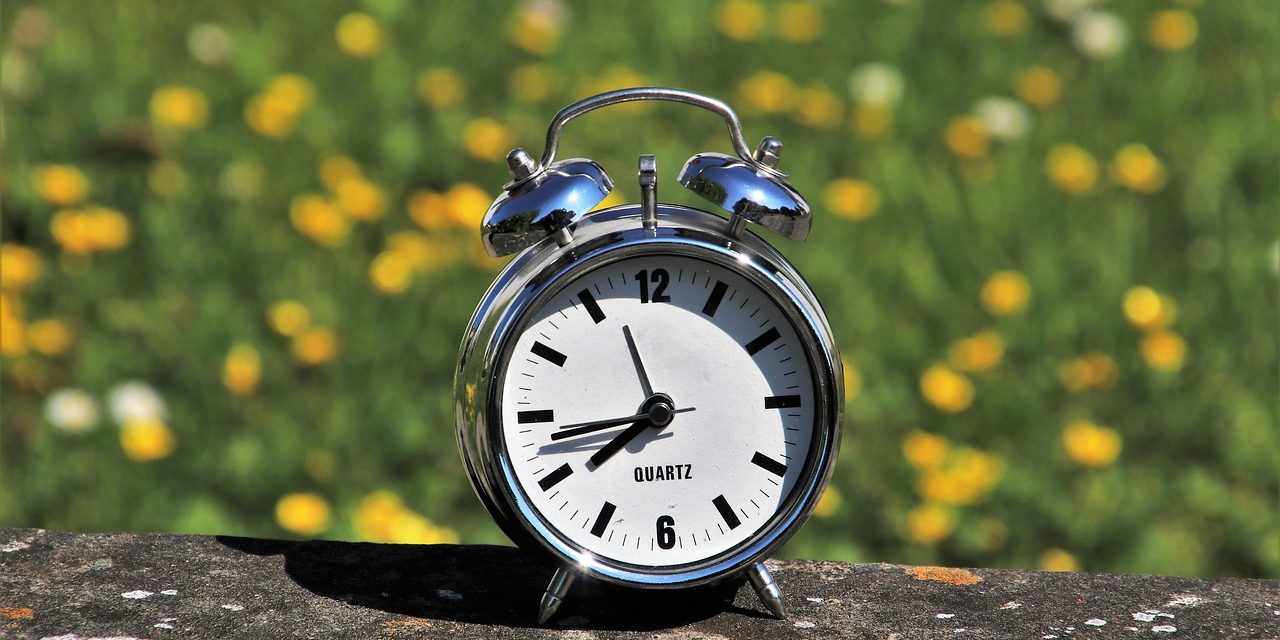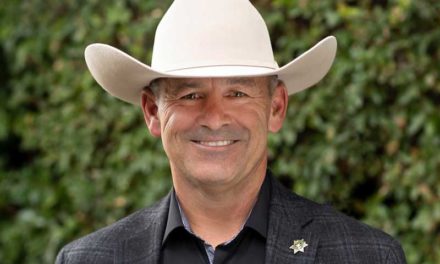Time change means darkness falls earlier
U.S. daylight-saving time will end at 2 a.m. Sunday, Nov. 1, when clocks are set back one hour. With the time change and fewer daylight hours, the risk to bicyclists and motorists increases.
The Automobile Club of Southern California is urging motorists to slow down and watch out for those on foot and on bicycles during the evening commute.
The time change means darkness falls earlier. Everyone who shares the roads should use extra caution as pedestrian and bicyclist fatalities have increased by 3.4 and 6.3 percent respectively, according to recently released 2018 traffic safety statistics from the National Highway Transportation Safety Administration.
While time of day and location are contributing factors to pedestrian fatalities, vehicle speed also plays a major role. Previous research from the AAA Foundation for Traffic Safety found that pedestrians are at greater risk for severe injury or death the faster a car is traveling at the time of impact. For example, a pedestrian hit by a vehicle traveling at 20 mph has an 18% risk of severe injury or death. At a speed of 30 mph, just 10 mph faster, the risk more than doubles to 47%.
“Drivers can expect reduced visibility because the evening commute time will be darker,” Anita Lorz Villagrana, the Auto Club’s community programs and traffic safety manager, said in a news release. “Motorists should provide bicyclists with a three-foot buffer for safety and slow to a safe and reasonable speed when passing a bicyclist if they can’t keep a three-foot distance from them,” she added.
New research from AAA also reveals that automatic emergency braking systems with pedestrian detection perform inconsistently and proved to be completely ineffective a night. “Drivers should educate themselves on what, if any, emergency braking systems their vehicle may be equipped with and understand that not all systems perform the same across different vehicle manufacturers,” said Megan McKernan, manager of the Automobile Club of Southern California’s Automotive Research Center. “They should not rely on these systems but be vigilant while scanning the road for adults and children, especially at night.”
Morning sun may also change visibility conditions. It could cause reflections off car windows, hoods or other metallic portions of automobiles which can be a serious hazard to drivers and pedestrians, according to Lorz Villagrana. “The glare may cause temporary blindness. To reduce glare, wear high-quality sunglasses and adjust your car’s sun visors as needed,” she added.
The Auto Club recommends the following tips for pedestrian safety with the time change:
- Make eye contact with drivers when crossing streets so you know they see you.
- Wear bright colors or reflective clothing at night.
- Carry a flashlight when walking or taking out pets in the dark
Walk on the sidewalk. If there are no sidewalks, walk facing traffic.
The Auto Club recommends the following tips for drivers for the time change:
- Travel at times of the day when you are normally awake.
- Avoid medications that cause drowsiness or other impairment.
- Don’t Drive Intexticated.
- Watch for children and families in neighborhoods and along school bus routes, at intersections, and when backing out of driveways.
- Teen drivers should use extra caution.
Image Sources
- Daylight Saving Time: Image by pasja1000 from Pixabay







